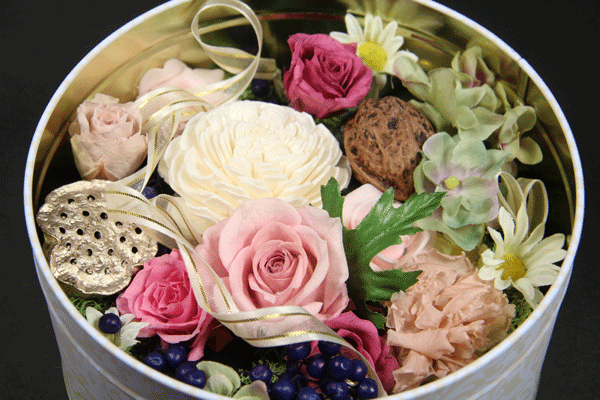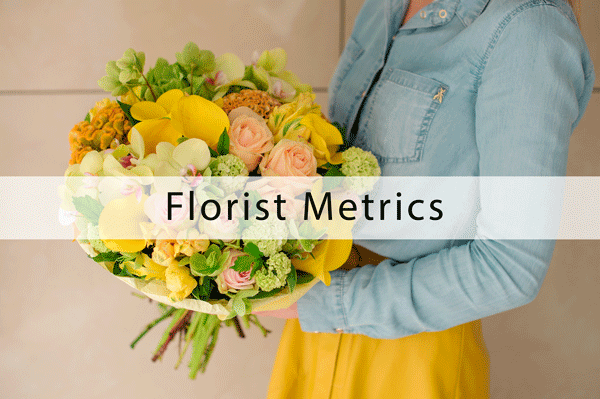A flower shop is a business—you need to make sure that it is profitable and sustainable.
Luckily, there are many metrics to objectively measure your business’s performance. Aside from helping make sure that your business is doing well, these metrics are also going to be measured when you’re trying to get a bank loan, for example.
Having an idea about how your business is doing, supported by hard numbers on the table, can help you plan ahead and make adjustments to your current shop’s workflow. You can also readily adjust your pricing formula, and even see what needs to be improved in your shop, from your equipment to your workforce, just by taking a look at these metrics. That’s how powerful these metrics can be!
Let’s dive deep into these metrics and how you can use them to be fully aware of your business’s current standing.
Floral Shop Operating Expenses
Kicking off with operating expenses or overhead, these are those costs that are not products, like electricity and marketing. Expenses that you incur that are related to your working and shop space, be it rent or utilities, count as this metric.
As a good rule of thumb, operating expenses shouldn’t go past 10% of your total sales revenue.

Image via Shutterstock
Flower Shop Payroll
Payroll and salary expenses are also one important thing to be kept track by florists. Many shops require other floral designers and employees. Because of that, we can spend a great deal on payroll because we rely on manpower to create our main products.
Labor costs can also easily go up high because of custom orders, thus these custom orders should be priced higher than most of your services to compensate for that. Having it take at most 30% of your total sales revenue should be a good margin to maintain.

Image via Shutterstock
Cost Of Goods
Then, there are COGS. The cost of goods sold includes all expenses for the production of your services that are used in the product, e.g. the flowers, vases, etc. Basically the opposite of overhead, many people can underestimate this metric because they forget to include the small or seemingly insignificant costs like the tax on the flowers and the cost of shipping.
To make sure that you are profitable, keep it below 30% of the total sale price.

Image via Shutterstock
Flower Shop Revenues
Of course, you need to know how much you have earned as profit after all your expenditures. This might be the simplest one so far, as long as you got all the numbers down. The formula is simple, just take all your earnings and subtract your expenditures.
There’s also no specific threshold for this metric; you get to pick how high your net profit, as it is called, is. Your goals for the shop will most likely decide that number for you.
That was a lot of math under a lot of explanations, but it is necessary for your shop to flourish and reach its goals. You probably didn’t sign up for all this when you started up your flower shop, but keeping track of these metrics will matter a lot.
Florists, do you use these metrics at your business? Have any thoughts, comments, or suggestions, please share below!
____________

Floranext makes great florist software. Florist websites, floral POS, florist wedding/event proposal software, and florist technology. Let us know if you want a free demo or try our software for free here.



Love this, Right on target.
Great article.
Mangel Florist, Chicago
kevin j herman aifd,cfd
Mangel Team Member
Does your software cover accounts, customer info and marketing?
Thanks